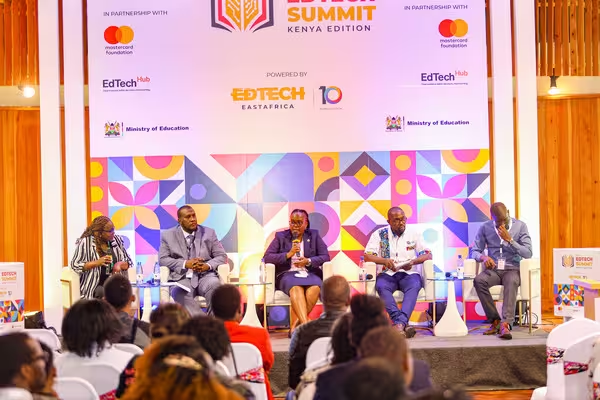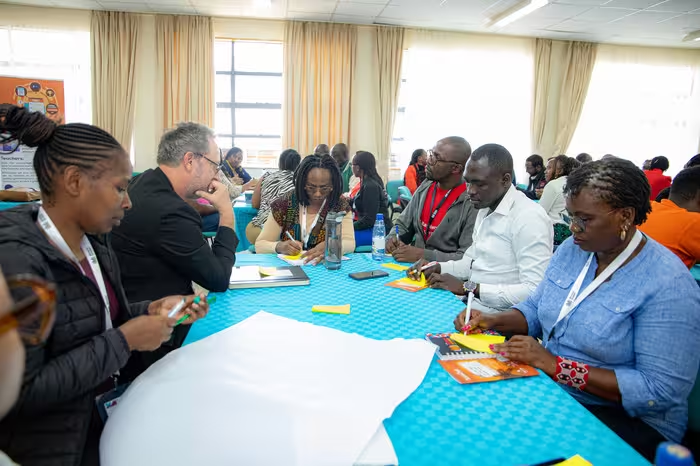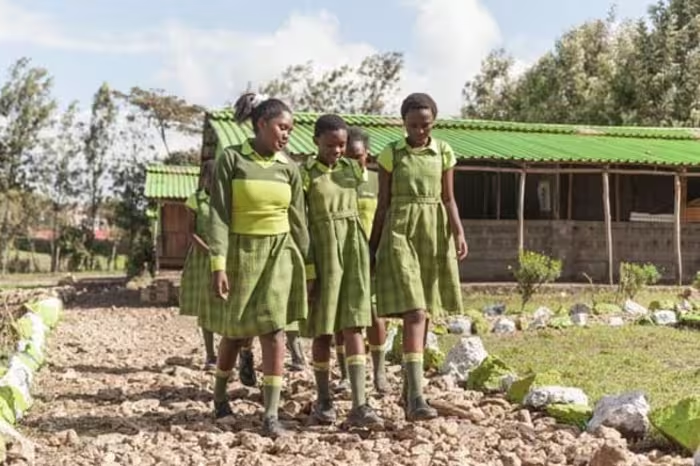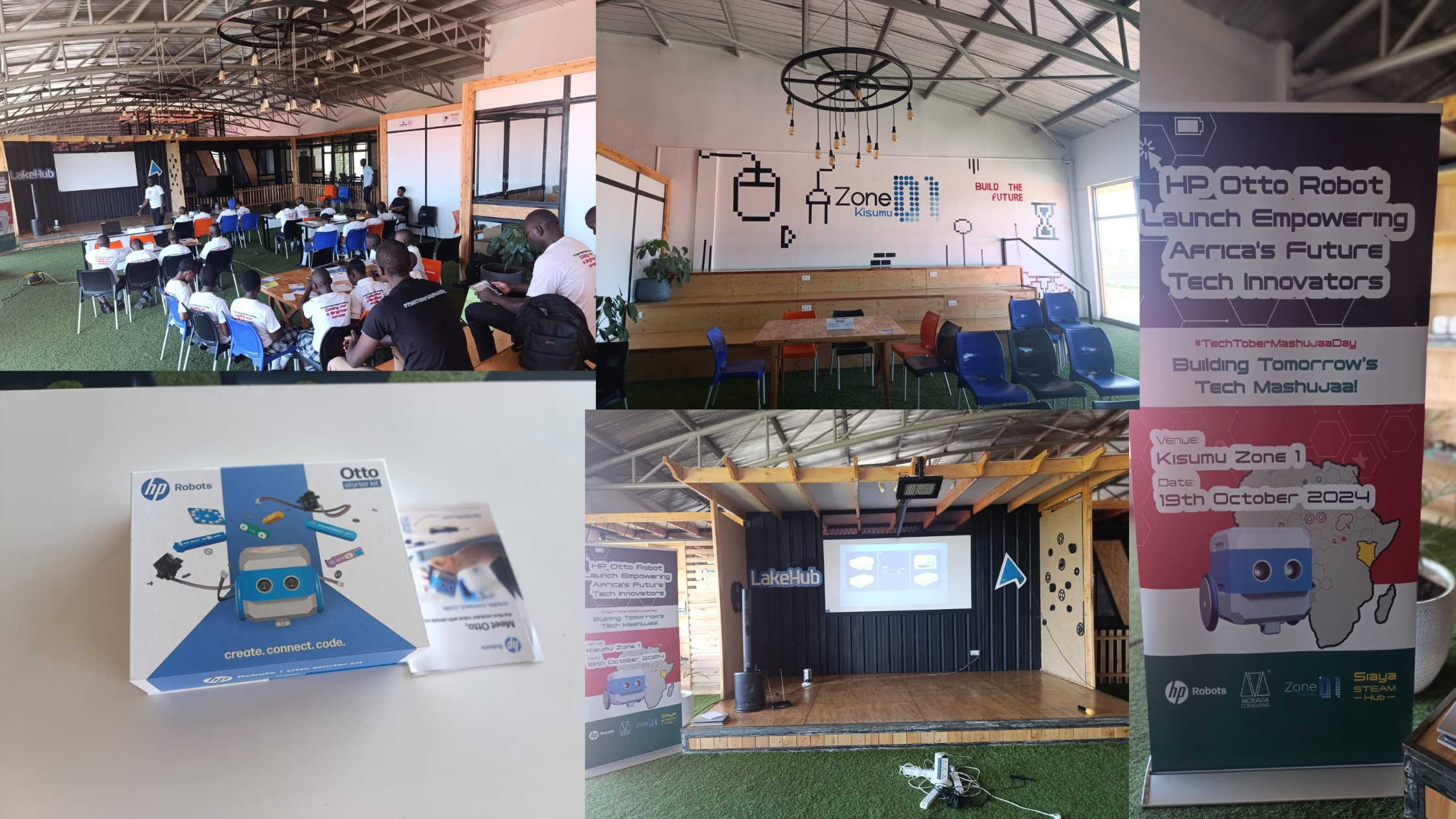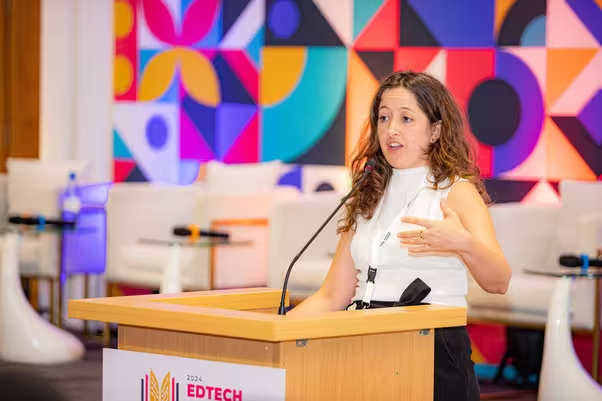
The Foundation Literacy and Numeracy Assessment (FLANA) report, launched by Usawa Agenda in collaboration with Youth Initiative Kenya (Yike), titled “Are our children learning?” highlights disparities in enrollment, absenteeism, and the quality of education, particularly among vulnerable groups.
The findings in the report indicate that despite a national enrollment rate of 91%, Nairobi lags slightly behind at 89.4%, with more girls enrolling compared to boys. The city faces a high dropout rate, particularly among children with disabilities, at 7.1%. Also, a large number of the capital city’s children are not in school; 6.3% drop out after enrolling, and 4.3% never enroll. What’s more, 10% of girls and 11.44% of school-aged boys in Nairobi are not attending school. This out-of-school rate is higher than the national average.
How can EdTech be used, not just in Nairobi, but also in other urban centers across the country, to address the challenges that learners in poor and underprivileged settings face? This is one of the questions Elizabeth Ndungu tried to answer. Elizabeth, who is Nairobi County’s Director of Digital Economy and Startups, said there are various initiatives her office is undertaking to boost digital literacy and spur job creation in the green city in the sun.
“What we have been seeing especially within the government is that technology has been inward-facing; we have always developed technology just to serve the users,” Elizabeth said.
“But under the new initiative, we want to reach out to the community and also be part of the ecosystem, bringing people together. We want to lead, and that is why we have brought the community together.”
The new initiative is two-pronged: city governance excellence and a department of e-learning. It’s in the latter that ICT education is integrated. The county government is in charge of early childhood education in Nairobi, as well as vocational training centers. However, with rapidly increasing populations in informal settlements, the county government’s resources are stretched thin.
Urban centers—and, indeed, large cities like Nairobi—have unique learning issues, which require unique solutions and innovations that are specifically tuned to bridge the learning gaps in poor and underprivileged urban centers.
Access to online resources
Every crisis presents an opportunity to learn and do better. Zeraki learned this during the Covid-19 pandemic. This crisis made them realize that a bolt out of the blue can happen, which can make learning impossible in a classroom or make bringing learners and teachers together a huge challenge.
This means that innovators should come up with tools or technologies to help so that, in such circumstances, education is not suspended. Zeraki simplifies and enhances the use of technology to deliver quality education, with products for parents, teachers, and schools. They give at-risk learners—such as those in poor and underprivileged settings—access to quality instruction. They also avail training resources to teachers.
Accessibility of education
“People assume that, in Nairobi, schools are overstaffed,” Elizabeth said. “Looking at the ratio of the resources, both human and physical resources, we still find that there is a great challenge.”
Nairobi has about 230 early childhood public schools and approximately 1,300 early childhood teachers. These teachers are not enough to serve the number of learners who attend schools, which will adversely impact the accessibility of education.
Nairobi has the highest number of private schools. Yet, not all Nairobi children have access to education because the numbers are incredibly high. There are different types of schools in Kenya. The Basic Education Act (2013) defines two categories, namely public and private schools, while the Alternative Providers of Basic Education and Training (APBET) Guidelines provide another by defining APBET schools. The APBET Policy and Guidelines (2016) are silent on the nature of ownership required for APBET schools.
EdTech can be used to mitigate the issue of accessibility of education. Loho Learning builds technologies that mainly resolve four things, one of which is the accessibility of education. The others are innovation around the affordability of quality education, inclusive education, and data and insights into quality education.
Automating assessments
A big percentage of schools in resource-constrained urban areas still rely on the old chalk-and-blackboard method of instruction in classrooms. The United Nations Educational, Scientific and Cultural Organisation (UNESCO) recommends a teacher-student ratio of 25 students per teacher for primary schools.
The TSC recommends a pupil-teacher ratio (PTR) of 40:1 for the primary level. The overall PTR was 24 pupils to a teacher at the primary and pre-primary level. According to a 2020 study by the Ministry of Education, of the 17 sub-counties in Nairobi, Starehe recorded the lowest PTR (it also had fewer schools participating in the study), while Njiru had the highest PTR of 29 learners per teacher.
However, according to a 2015 BBC report, the pupil-teacher ratio has steadily increased since 2012. One Nairobi school, the Olympic Primary School, admitted that some classes have as many as 120 pupils in one room, handled by one teacher.
This presents many challenges, one of which is assessment, which is an important component of transition. CBC Grade books are strenuous and time-consuming to fill and tend to be utilized only at the end of the term. Kurasa enables teachers to conduct formative, summative, and performance-based assessments to support the competency-based approach to teaching and learning. This includes both KICD and non-KICD evaluations.
Kurasa offers a revolutionary way to implement and manage CBC online easily. Assessments can be filled in time by all teachers simultaneously and reports sent out to parents weekly.
Virtual classrooms
Not all schools in Nairobi have access to technology. Others lack vital infrastructure, and, as such, this hampers access to EdTech solutions. Which means that children do not have equal learning opportunities. What’s the city supposed to do in situations like this?
The answer is virtual classrooms. As a speaker in the AI in education forum stated, the city can borrow lessons from what the FCDC and other education partners did. In the frontier counties, they have hubs that have electricity, which they can plug into their laptops. From one hub, for instance, one science teacher can transmit a lesson to five or six different schools.
Bridging the tech gap
Another gap that needs to be bridged is that of technology. Not all teachers have the digital skills and have to play catchup with the learners. That gap that exists between the digital immigrants and the digital natives affects learning outcomes.
“Nairobi has a unique generational gap challenge in that a school may have teachers who have been teaching for 15-20 years, and they have learners who span different generations: millennials, Gen Z, and Gen Alphas,” Elizabeth said.
That’s where a provider like Ntemata comes in, whose core business is automating assessment processes for teachers as well as holistically analysing competency learning. Ntemata is in the business of supporting teachers so that, in return, they can be fully engaged with their learners. A teacher who is better equipped with EdTech tools is in a prime position to make learners perform better.
Conclusion
“In Nairobi, we have parents who suffer from TB— “Too Busy”—and in this case, the teachers become the parents,” Elizabeth said. “Currently everybody is talking about mental health issues. Yet we are heaping more burdens on our teachers. They are the parents, the nurses, the doctors, the cooks, and everything.”
There is a need for systems where teachers can develop resilience on their own. They also need systems and safe places where they can develop their mental health and be in a position to address the myriad needs of learners.
“Let us also think about other aspects concerning support groups and virtual learning for both the teachers and the learners,” Elizabeth concluded. “That they can have virtual discussion groups in different areas because we find we are encouraging and building talent.”
